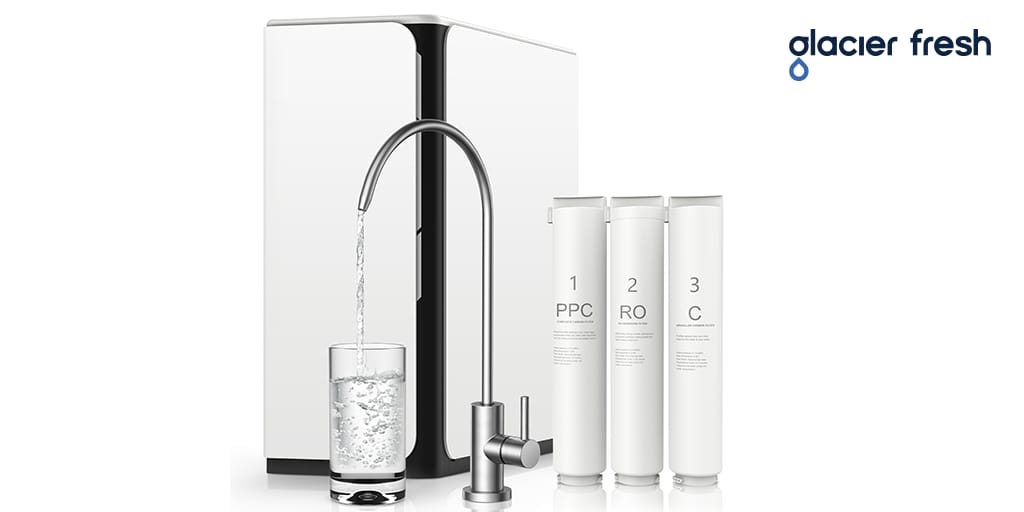Introduction
Reverse osmosis (RO) technology has evolved significantly over the years, and its future looks promising with ongoing advancements and innovations. This article explores the future trends and potential developments in reverse osmosis system , including technological improvements, new applications, and the role of RO in addressing global water challenges.
Technological Advancements
Improved Membrane Technology
Nanotechnology: The incorporation of nanomaterials in RO membranes can enhance filtration efficiency and reduce fouling, leading to longer membrane life and better performance.
Graphene-Based Membranes: Graphene oxide membranes show potential for higher permeability and selectivity, allowing for more efficient water purification.
Antifouling Coatings: Advances in antifouling coatings can minimize biofouling and scaling, reducing maintenance needs and improving system longevity.
Energy Efficiency
Energy Recovery Devices: Newer RO systems are incorporating energy recovery devices that capture and reuse energy from the wastewater stream, significantly reducing overall energy consumption.
Solar-Powered RO Systems: The integration of solar power with RO technology offers a sustainable solution for off-grid and remote areas, providing clean water with minimal environmental impact.
New Applications
Desalination
Large-Scale Desalination Plants: Continued improvements in RO technology are making large-scale desalination more cost-effective and energy-efficient, addressing water scarcity in arid regions.
Portable Desalination Units: Compact, portable RO units for desalination can provide clean water in disaster relief scenarios and remote locations.
Wastewater Treatment
Industrial Wastewater Reuse: RO systems are increasingly being used to treat and recycle industrial wastewater, reducing water consumption and environmental impact.
Municipal Wastewater Reclamation: Advanced RO systems can purify municipal wastewater for reuse in agriculture, landscaping, and even as potable water, supporting sustainable water management practices.
Addressing Global Water Challenges
Water Scarcity
Affordable Access: As RO technology becomes more affordable, it can provide a viable solution for communities facing water scarcity, ensuring access to safe drinking water.
Scalability: The scalability of RO systems, from small household units to large industrial plants, allows for flexible deployment in various settings.
Environmental Impact
Reduced Chemical Use: Innovations in RO membranes and pre-treatment processes can minimize the need for chemical additives, reducing the environmental footprint of water purification.
Wastewater Minimization: Enhanced efficiency in RO systems reduces the volume of wastewater produced, contributing to more sustainable water management.
Research and Development
Smart RO Systems
Automation and Monitoring: Integration of smart sensors and IoT technology allows for real-time monitoring and automation of RO systems, optimizing performance and maintenance.
Predictive Maintenance: Advanced analytics and machine learning can predict maintenance needs, preventing downtime and extending system lifespan.
Global Collaboration
International Partnerships: Collaborative efforts between governments, research institutions, and private companies are driving innovation in RO technology, addressing global water challenges through shared knowledge and resources.
Funding and Support: Increased funding and support for research and development in water purification technologies are accelerating advancements and making RO systems more accessible.
Conclusion
The future of reverse osmosis systems is bright, with technological advancements and new applications enhancing their efficiency, affordability, and sustainability. As RO technology continues to evolve, it will play a crucial role in addressing global water challenges, providing clean water for diverse needs and contributing to a more sustainable future. Investing in research, innovation, and collaboration will ensure that RO systems remain at the forefront of water purification solutions.



